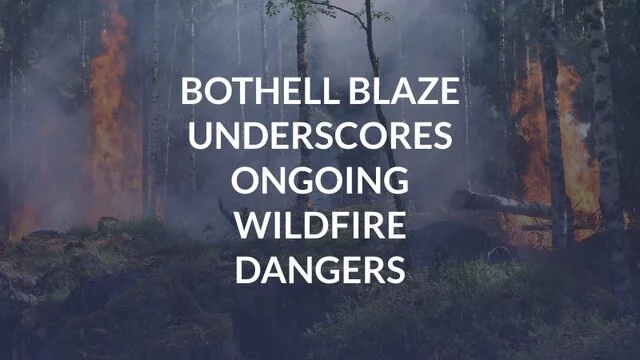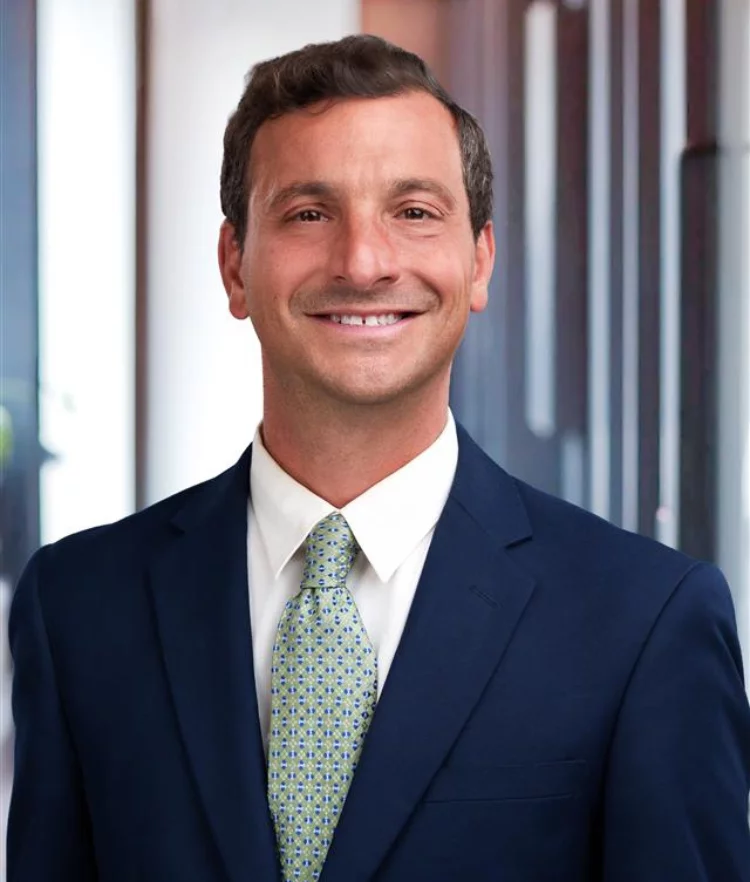
On Wednesday, July 24, 2025, a brush fire erupted in Bothell, Washington, igniting beneath high-tension transmission lines and rapidly advancing through dense vegetation in a Wildland Urban Interface (WUI) zone, an area where residential neighborhoods border natural, fire-prone terrain. The flames reached up to six feet high, threatening nearby homes between 45th Ave SE and 51st Ave SE. Fortunately, due to swift efforts by Snohomish Regional Fire & Rescue and aerial support from the Washington Department of Natural Resources (DNR), no structures were lost and the blaze was successfully knocked down.
However, the cause of the fire is under investigation, and early reports indicate a large Puget Sound Energy (PSE) powerline had detached and was hanging dangerously low. PSE confirmed an “unexpected interruption of service” and acknowledged that it is responsible for maintaining vegetation and infrastructure within its easements. Residents have long expressed concern about the overgrowth beneath the utility lines, with many taking fire prevention into their own hands by clearing and watering dry brush.
This Bothell fire closely mirrors the concerns of the ongoing Cram Fire in Oregon, a megafire and currently the largest wildfire in the United States this year. That fire, like others in recent history, was reportedly sparked by utility equipment failure and has already scorched almost 100,000 acres. The similarities between these two incidents highlight a growing national problem: utility infrastructure failing in dry, high-risk areas and triggering preventable wildfires.
Why Are Utility-Caused Wildfires Still Happening?
Despite the lessons of past disasters, utility-caused fires continue to occur with alarming frequency. Experts and residents alike are asking: Why haven’t utility companies done more to prevent these tragedies?
The answer lies in outdated equipment, poor vegetation management, and a lack of proactive safety measures. Utility companies are falling short in key areas, including:
- Failure to maintain and upgrade aging infrastructure
- Allowing dry brush and vegetation to accumulate beneath power lines
- Delaying the decommissioning of outdated or unused power lines
- Neglecting to shut off power during high-risk weather conditions
- Lack of transparency and public accountability
“We’re seeing a pattern, one that’s putting lives, homes, and ecosystems at risk,” says Vanessa Waldref, a wildfire lawyer at Singleton Schreiber. “Too often, utilities allow aging equipment to operate in fire-prone areas without proper safeguards in place. These companies must do more to ensure that their infrastructure doesn’t become the next ignition source in a growing wildfire crisis.”
In a region already grappling with hotter summers, drought, and increased wildfire activity, utilities cannot continue operating under outdated safety practices. Residents living near transmission corridors are left to wonder when, or if, their neighborhood might be next.
Residents Deserve Safety and Legal Protection
People have the right to live in communities that are safe from preventable disasters. When utility companies fail to meet their duty of care, residents may have legal recourse.
If you or a loved one has been impacted by a utility fire, you may be able to pursue compensation for:
- Property damage and loss
- Evacuation costs and temporary housing
- Emotional distress and personal injury
- Environmental damage and loss of income
“No one should have to fear for their safety because of a utility company’s failure to act,” says Dan Fruchter, a wildfire lawyer at Singleton Schreiber. “At Singleton Schreiber, we are committed to holding those responsible accountable and helping communities recover from these life-altering events.”
Singleton Schreiber is home to the largest and most experienced fire litigation practice in the United States, representing more than 30,000 victims of wildfires and explosions caused by utilities, government negligence, railroads, and corporate misconduct.
The firm has played a leading role in some of the nation’s most high-profile fire cases, including the:
- 2025 Cram Fire (Oregon)
- 2025 Eaton Fire
- 2025 Moss Landing Battery Fire
- 2025 Esparto Fireworks Explosion
- 2023 Maui Fires
- 2023 Gray Fire
- 2023 Tunnel Five Fire
- 2022 Dixie Fire
- 2018 Woolsey Fire
- 2017 Thomas Fire
- And 22 wildfires connected to the 2019 PG&E bankruptcy, including the 2018 Camp Fire
The firm is also actively litigating wildfire cases in New Mexico, Colorado, Texas, Oregon, and Washington, including the Rowena Fire and others caused by utility infrastructure failures.
- Partner
Dan Fruchter is a partner at Singleton Schreiber’s Spokane office, focused on consumer and financial fraud, environmental protection, personal injury, fire litigation, public entity, and civil rights law. Mr. Fruchter brings ...
- Partner
Vanessa Waldref, former U.S. Attorney for the Eastern District of Washington, is a partner and founding member of Singleton Schreiber’s Washington office, focusing on environmental protection, wildfire litigation, public ...


